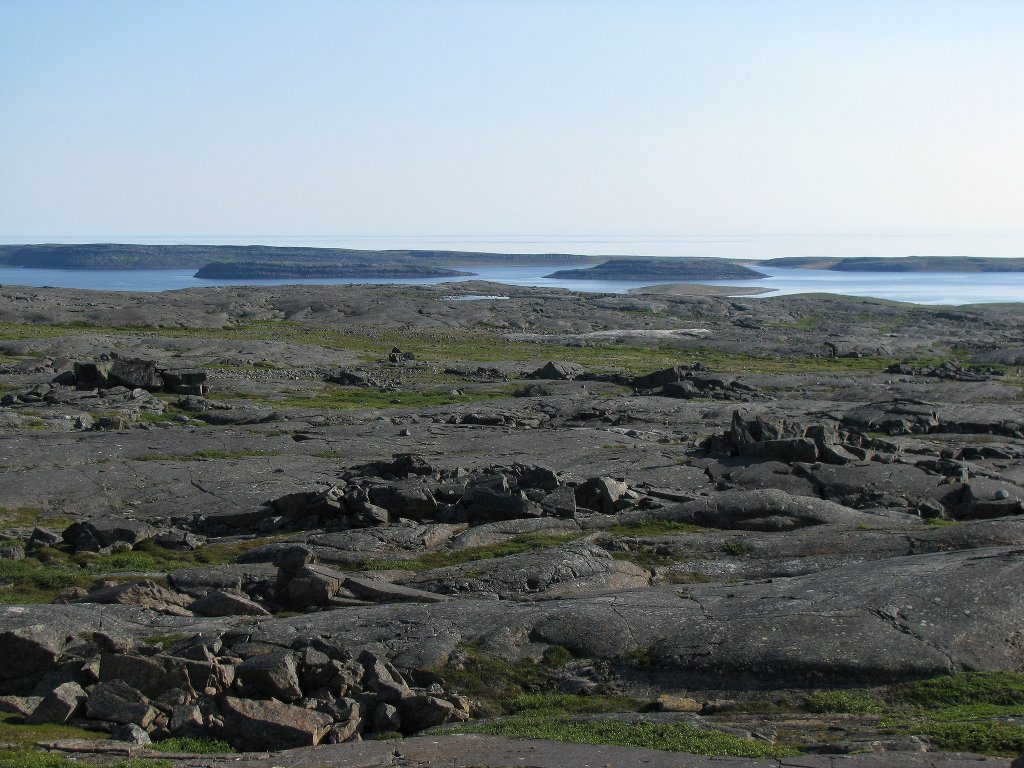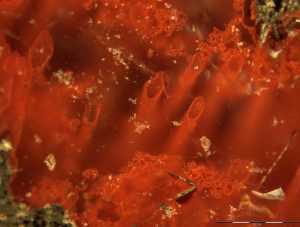Life on Earth may have gotten an earlier start than researchers previously knew about. Scientists at the University College London believe they just found the world’s oldest fossil dating back between 3.7 billion and 4.3 billion years ago. And they’ve published their findings in Nature.
The team discovered the samples while studying geological formations from the Nuvvuagittuq area near Quebec, Canada. The rocks seem to contain “strings of iron” in tube or spiral shapes and they resemble the kinds of tube-like shapes often created by microbes living near volcanic vents in the oceans today.
“Our discovery supports the idea that life emerged from hot, seafloor vents shortly after planet Earth formed,” stated Matthew Dodd, biogeochemist at University College London and one author on the study. “This speedy appearance of life on Earth fits with other evidence of recently discovered 3,700 million year old sedimentary mounds that were shaped by microorganisms.”

Before this discovery, the oldest fossils on the planet were found in Australia in 2013 and date back to 3.5 billion years ago. This would peg the latest discovery at 300 million years older than the prior one. But one of the biggest hurdles with studying fossils dating this far back is that it gets hard to distinguish traces of life at all from purely geologic structures.
“The big problem is the understanding of what can create those sorts of very simple shapes in rocks,” one skeptic, Tanja Bosak, a geobiologist at MIT, told NPR. “We are talking about very, very simple shapes here. We have blobs and knobs and something that they interpret as filaments, and it’s really just an unevenly thick string. We are not talking about having a beautiful fossil bone here or something.”
So with a fossil this old, it’s much harder to argue whether an uneven line in the rock is really the footprint of our oldest microbial ancestors or simply the result of a natural occurrence.
If the fossils’ dating does turn out to be true, the discovery brings up exciting questions about what this could mean for the evolution of life on Earth as well as other planets. Dodd pointed out that Mars hosted oceans on its surface about 3.7 and 4.3 billion years ago. This means life was forming on Earth at the same time that Mars could have sustained life as well.











